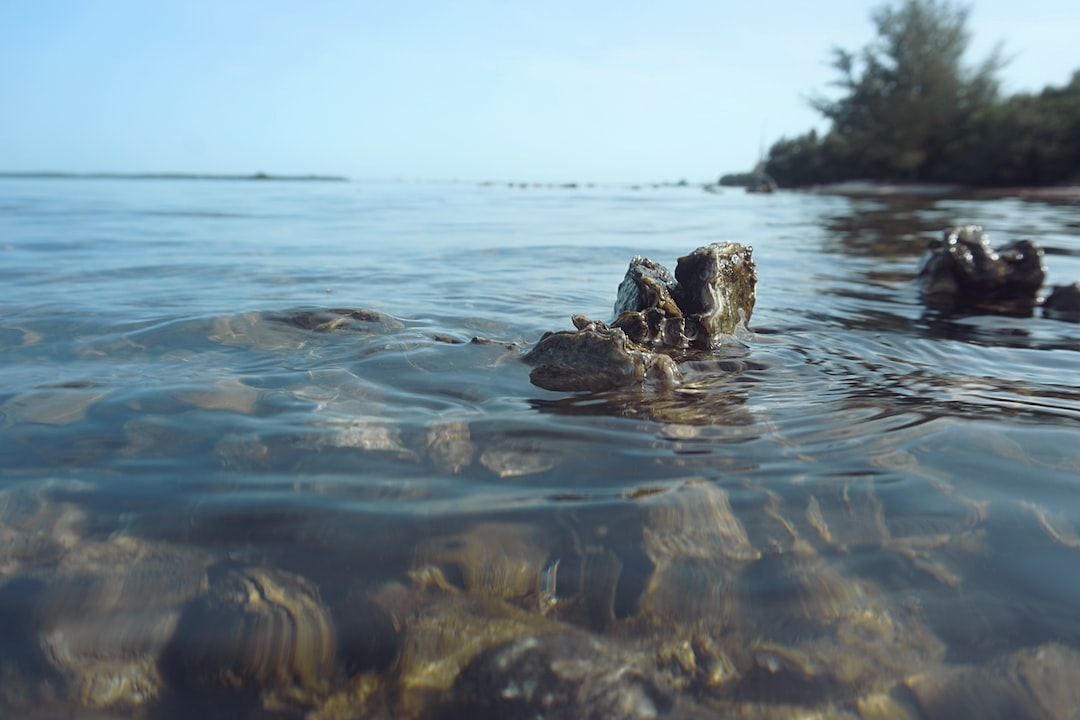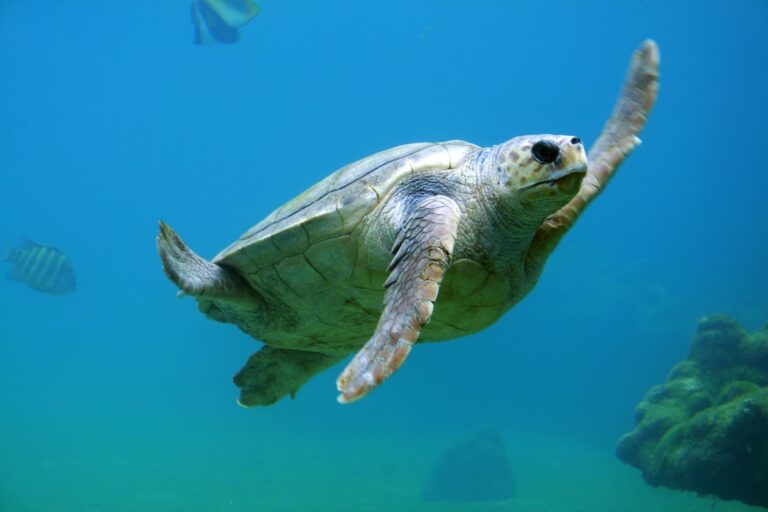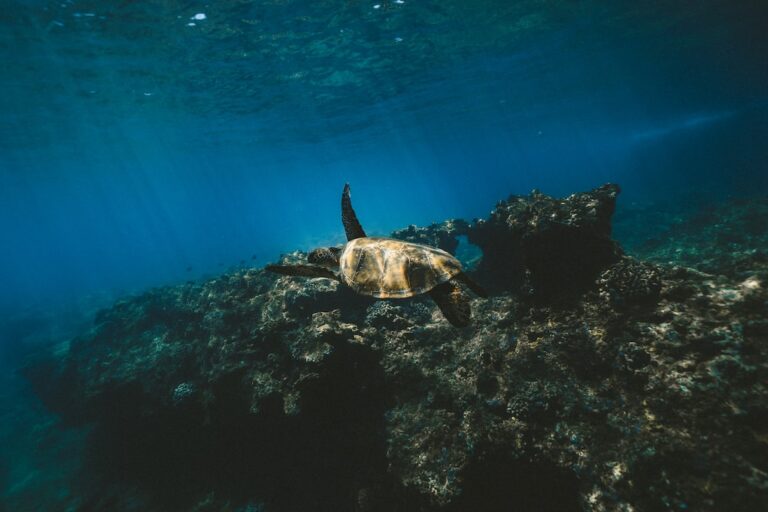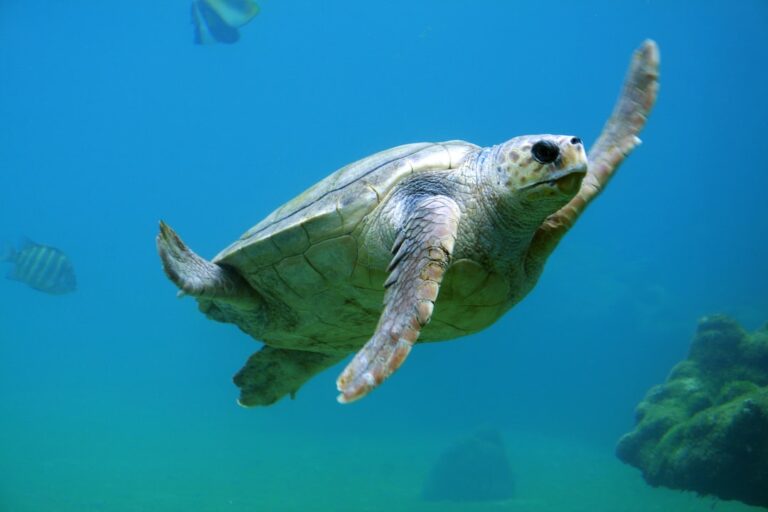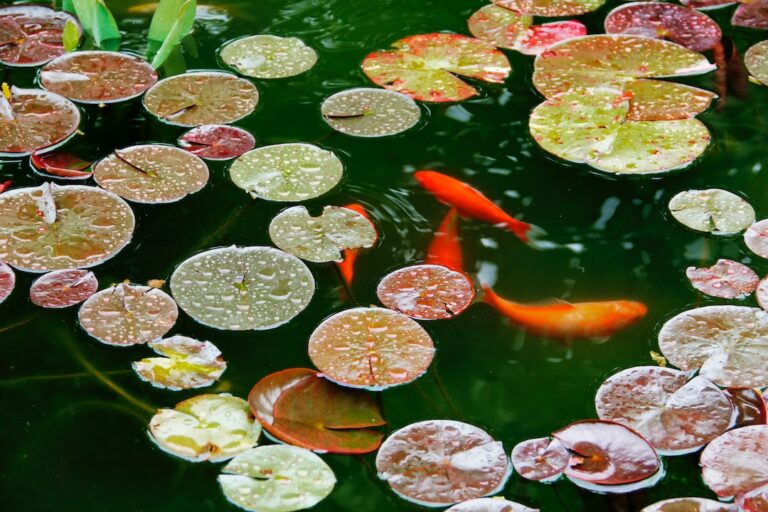Are Turtles Living In Freshwater or Saltwater?
Turtles are fascinating creatures that can be found in various habitats around the world. There are two main types of turtles: freshwater turtles and saltwater turtles. Each type has its own unique characteristics, habitat preferences, and dietary needs. In this article, we will explore the differences between freshwater and saltwater turtles, as well as their importance in the ecosystem.
Table of Contents
Understanding Freshwater Turtles
Freshwater turtles, as the name suggests, are turtles that primarily inhabit freshwater environments such as lakes, rivers, and ponds. They are adapted to live in these habitats and have specific physiological and behavioral characteristics that allow them to thrive in freshwater environments.
One of the main differences between freshwater and saltwater turtles is their ability to tolerate different levels of salinity in the water. Freshwater turtles have a lower tolerance for saltwater and cannot survive in high salinity environments. They rely on freshwater sources for drinking and maintaining their bodily functions.
Characteristics of Freshwater Turtles
Freshwater turtles have a variety of physical characteristics that distinguish them from their saltwater counterparts. They typically have webbed feet or flippers that enable them to swim efficiently in water. Their shells are usually smooth and streamlined, allowing them to move through the water with ease.
Behaviorally, freshwater turtles are known for basking in the sun on logs or rocks near the water’s edge. This behavior helps them regulate their body temperature and aids in digestion. They are also known to be more territorial than saltwater turtles, often defending their preferred basking spots or nesting sites.
Habitat of Freshwater Turtles
Freshwater turtles can be found in a wide range of habitats, including lakes, rivers, ponds, swamps, and marshes. They prefer calm waters with ample vegetation for cover and food sources. These habitats provide them with the necessary resources for survival, such as food, shelter, and nesting sites.
Ideal conditions for freshwater turtles include clean water with a balanced pH level and sufficient oxygen levels. They also require areas with ample sunlight for basking and warming their bodies. Human activities such as pollution, habitat destruction, and climate change can negatively impact the quality of their habitats and threaten their survival.
Food and Diet of Freshwater Turtles
Freshwater turtles are omnivorous, meaning they eat both plant matter and small animals. Their diet consists of a variety of foods, including aquatic plants, algae, insects, small fish, crustaceans, and mollusks. They have a specialized jaw structure that allows them to crush the shells of their prey.
Freshwater turtles obtain their food by actively foraging in the water or on land. They use their sharp beaks to tear apart plant matter or capture small prey. Some species of freshwater turtles are known to be opportunistic feeders, consuming whatever food sources are available in their habitat.
The Importance of Freshwater Turtles
Freshwater turtles play a crucial role in the ecosystem they inhabit. They help maintain the balance of aquatic ecosystems by controlling populations of prey species and serving as indicators of environmental health. Their feeding habits contribute to nutrient cycling and help keep water bodies clean.
However, freshwater turtles face numerous threats that put their populations at risk. Habitat loss due to urbanization and agriculture, pollution from human activities, illegal pet trade, and climate change are some of the major threats they face. Conservation efforts are essential to protect these important creatures and ensure the health of freshwater ecosystems.
Understanding Saltwater Turtles
Saltwater turtles, also known as sea turtles, are turtles that inhabit saltwater environments such as oceans and seas. They have adapted to live in these habitats and have unique characteristics that allow them to survive in the harsh conditions of the open ocean.
Unlike freshwater turtles, saltwater turtles have a higher tolerance for saltwater and can survive in high salinity environments. They have specialized glands that allow them to excrete excess salt from their bodies, enabling them to drink seawater and maintain their bodily functions.
Characteristics of Saltwater Turtles
Saltwater turtles have physical characteristics that are distinct from freshwater turtles. They have flippers instead of webbed feet, which are adapted for swimming long distances in the open ocean. Their shells are typically more streamlined and hydrodynamic, allowing them to navigate through the water with minimal resistance.
Behaviorally, saltwater turtles are known for their long migrations between feeding and nesting grounds. They can travel thousands of miles across oceans to reach their preferred nesting beaches. They also exhibit unique nesting behaviors, with females returning to the same beach where they were born to lay their eggs.
Habitat of Saltwater Turtles
Saltwater turtles inhabit a wide range of habitats within the ocean, including coral reefs, seagrass beds, and open water. They rely on these habitats for food, shelter, and nesting sites. Some species of saltwater turtles are known to migrate between different habitats depending on the availability of food and breeding opportunities.
Ideal conditions for saltwater turtles include clean water with healthy coral reefs or seagrass beds. These habitats provide them with abundant food sources and protection from predators. However, human activities such as overfishing, pollution, and habitat destruction pose significant threats to their survival.
Food and Diet of Saltwater Turtles
Saltwater turtles have a diet that primarily consists of marine vegetation such as seagrass and algae. Some species also feed on jellyfish, sponges, and other invertebrates. They use their powerful jaws to tear apart plant matter or capture prey.
Saltwater turtles obtain their food by actively foraging in the water or grazing on seagrass beds. They have a unique feeding strategy where they swallow their food whole and then regurgitate any indigestible material such as shells or bones. This adaptation allows them to efficiently extract nutrients from their food.
In conclusion, freshwater and saltwater turtles are two distinct types of turtles with different characteristics, habitats, and dietary needs. Freshwater turtles primarily inhabit freshwater environments and have adaptations that allow them to thrive in these habitats. They play a crucial role in maintaining the balance of freshwater ecosystems.
Saltwater turtles, on the other hand, inhabit saltwater environments such as oceans and seas. They have unique adaptations that enable them to survive in the open ocean and undertake long migrations between feeding and nesting grounds. They are important for maintaining the health of marine ecosystems.
Both types of turtles face numerous threats due to human activities, including habitat loss, pollution, and climate change. It is essential to protect these creatures and their habitats through conservation efforts. By doing so, we can ensure the survival of these fascinating creatures and maintain the health of our planet’s ecosystems.
If you’re interested in learning more about reptiles, you might also enjoy reading the article “Why Do Iguanas Bob Their Heads?” on Reptile Friend. This fascinating piece explores the intriguing behavior of iguanas and delves into the reasons behind their head-bobbing movements. Discover the secrets behind this unique behavior by clicking here.

